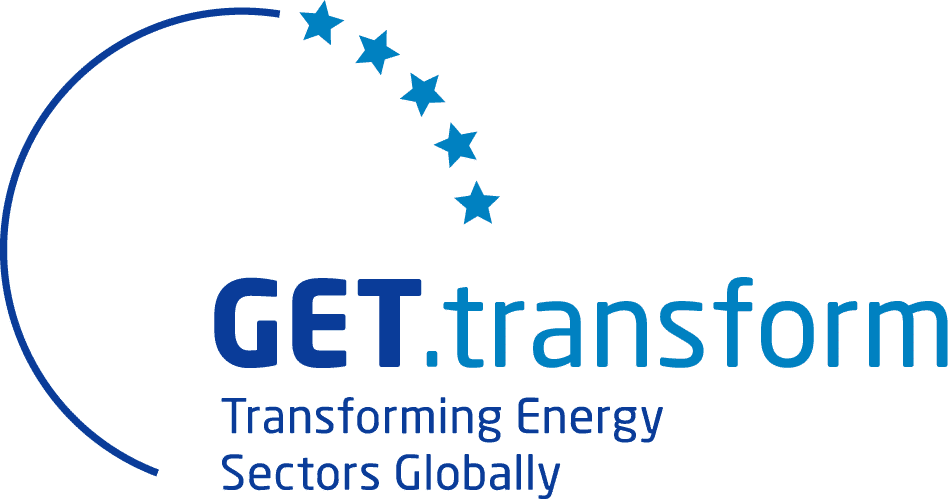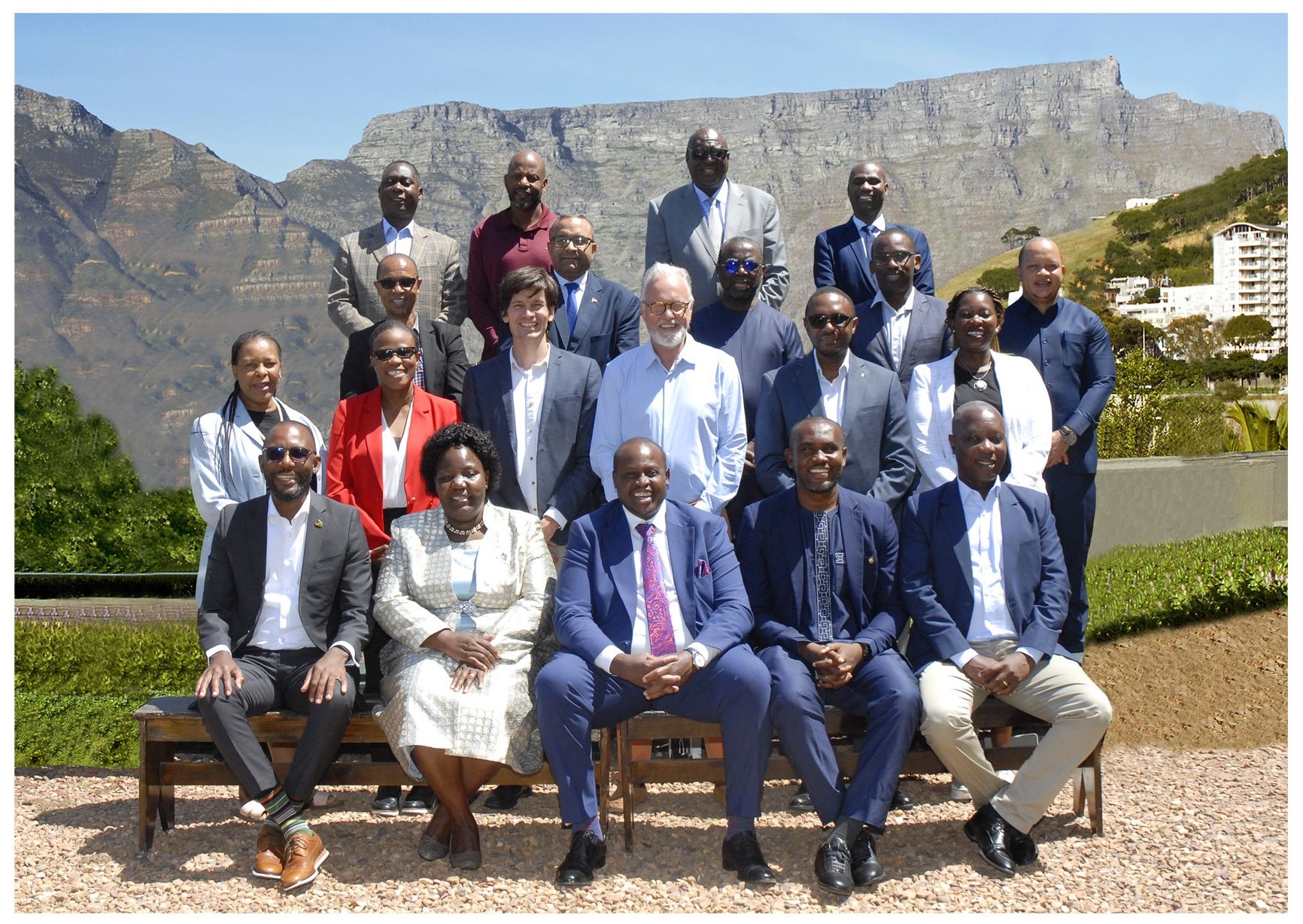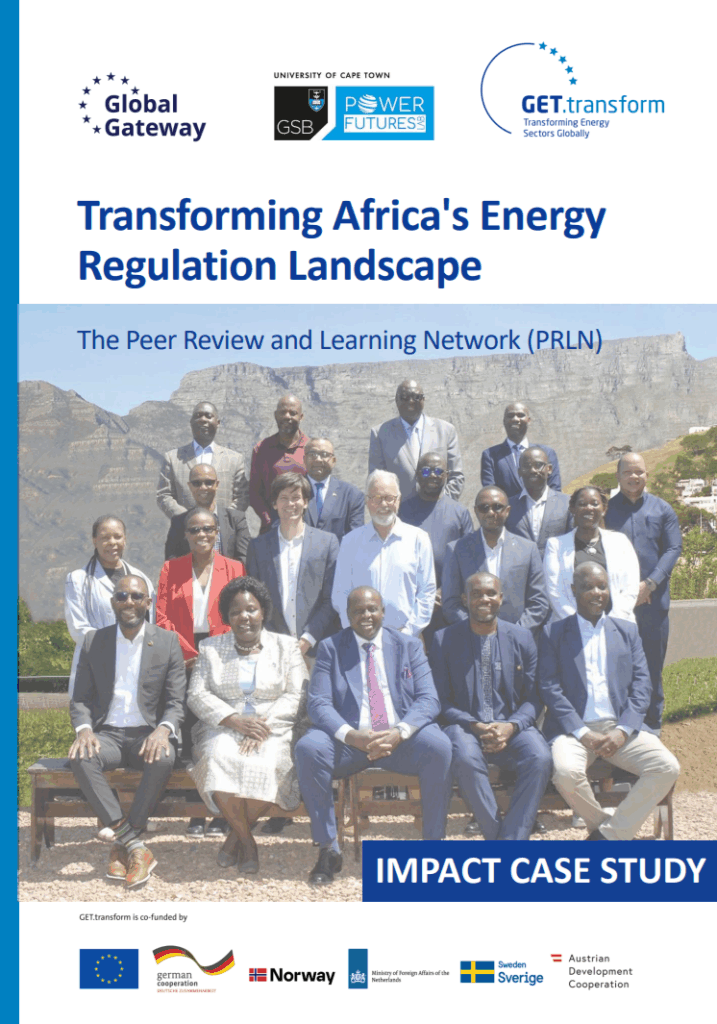Recognising that effective regulation is a prerequisite to realising sustainable and affordable energy access, the Power Futures Lab in collaboration with GET.transform launched the African Electricity Regulator Peer Review and Learning Network (PRLN). This initiative brings together CEOs of national electricity regulators to share experiences, assess practices, and support each other in advancing meaningful reforms. Through structured peer learning , the PRLN enables open reflection, practical knowledge sharing, and the adaptation of proven solutions to national contexts.
In the latest of its Impact Case Studies, GET.transform highlights how the PRLN is able to advance regional collaboration and regulation and thus unlock investment in Africa’s energy future.
Between 2022 and 2024, six countries including South Africa, Tanzania, Uganda, Kenya, Namibia, and Ghana participated in peer reviews under the PRLN. Each review resulted in concrete commitments to improve renewable energy procurement and implement cost-reflective tariffs, two essential pillars for having a stable and investment ready energy sector. Building on this momentum, a second cohort comprising Cameroon, Egypt, Eswatini, Mozambique, Zambia, and Zimbabwe began their review journey in 2025.
These efforts are laying a solid ground for more transparent regulation, stronger leadership, and greater alignment with Africa’s continental goals for electricity market harmonisation. The peer review process also helps identify priority areas for technical assistance, linking learning with tailored follow-up support from GET.transform and other partners.
By demonstrating how targeted collaboration can lead to meaningful reform, the PRLN is a compelling example of how shared learning can build trust, strengthen regulation and pave the way for increased investment into Africa’s energy sector.



